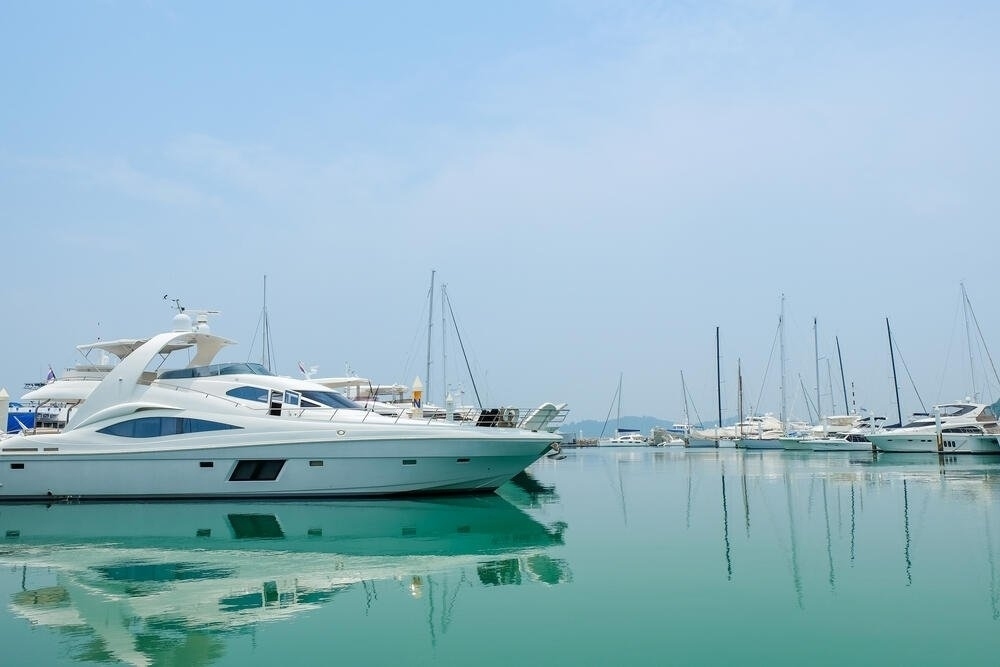
Whether you’re relocating to a new coastal home, buying a boat from across the country, or heading to an out-of-state regatta, knowing your options for safe boat transport can make all the difference. Boat shipping isn’t just about moving a vessel—it’s about protecting a major investment. That’s why it’s crucial to understand the process, choose the right method, and partner with professionals who specialize in getting boats from point A to point B with precision and care.
Types of Boat Transport: Know What Fits Your Needs
Boat transport is far from one-size-fits-all. Factors like your boat’s size, value, and destination play a major role in determining the best method. Below are the primary transport options boat owners should consider:
Overland Transport: For inland moves, this is the most common method. Your boat is loaded onto a specialized trailer and hauled via truck. This is a great option for powerboats, sailboats, and smaller yachts. Overland is often faster and more flexible for routes across the U.S.
Roll-On/Roll-Off (RoRo): Popular for international shipping, RoRo involves rolling your boat on and off large carrier vessels. It’s efficient but leaves your boat exposed to the elements during the voyage.
Flat Rack or Cradle Shipping: This method is used for larger or uniquely shaped boats. Your vessel is secured in a cradle on a flat rack and hoisted aboard a cargo ship. It’s ideal when container shipping isn’t feasible due to size.
Container Shipping: If your boat is small enough (such as a dinghy or jet boat), it can be placed inside a standard container for maximum protection from weather and transit hazards. It’s one of the most secure and cost-effective methods for international shipping.
How to Prep Your Boat Like a Pro
Before handing your boat off to a transport company, there’s a checklist to follow that ensures everything goes smoothly—and that your insurance remains valid:
Remove Personal Items: Take out electronics, valuables, and gear. Anything loose should be stored or removed to prevent damage.
Drain Fluids: Fuel tanks should be mostly empty, and water systems drained to avoid leaks or freezing issues.
Secure Moving Parts: Latch hatches, tape windows, and secure or remove the propeller and other protruding parts.
Document Everything: Take photos of the boat from all angles. This helps if there’s a damage claim after delivery.
Choosing the Right Boat Transport Company
All boat transporters are not created equal. When hiring a service, you’re trusting someone with a valuable asset—so vet them carefully.
Here’s what to look for:
Proper Licensing and Insurance: Make sure they’re registered with the Department of Transportation and carry cargo insurance. Ask to see the paperwork.
Experience with Your Boat Type: A company that specializes in transporting sailboats may not be the best for a luxury power cruiser.
Customer Reviews and Referrals: Read testimonials and check independent review sites to see how past customers rated their experience.
Transparent Pricing: The quote should include permits, escorts (if needed for wide loads), and any loading/unloading fees.
Don’t Forget Permits and Legalities
Boats over a certain size often require oversize load permits, which vary by state. If your route crosses multiple states, the transport company should handle all necessary permits and coordinate any required escort vehicles. This step is not optional—it ensures the transport complies with state and federal laws.
Eco-Friendly Transport: A Growing Trend
Many boat owners are now factoring sustainability into their shipping choices. Working with a transport provider that uses route optimization, efficient trailers, and reduced-idling techniques can significantly lower your move’s carbon footprint. If this matters to you, ask about green practices up front.
A Smooth Move Starts with Smart Planning
Shipping a boat doesn’t have to be a headache. With the right information and a reputable carrier, your vessel can be moved safely across the country—or across the ocean. Whether it’s a small runabout or a multi-million-dollar yacht, every boat deserves the same careful attention during transport.
Start planning early, ask the right questions, and lean on trusted resources to help you choose the best method. For more technical insight and best practices in marine transportation, you can explore the U.S. Maritime Administration’s guidance—a reputable government source supporting safe and efficient maritime operations.



